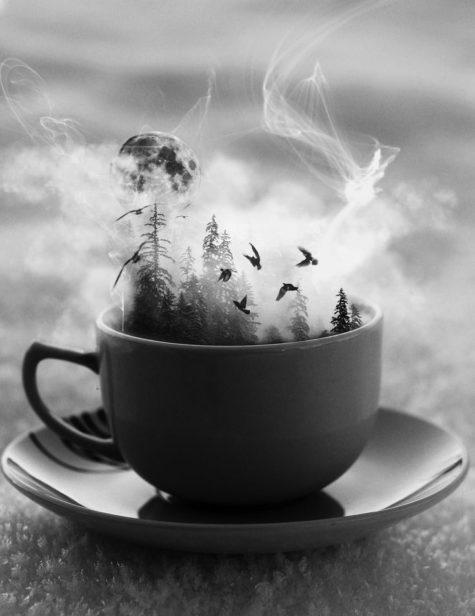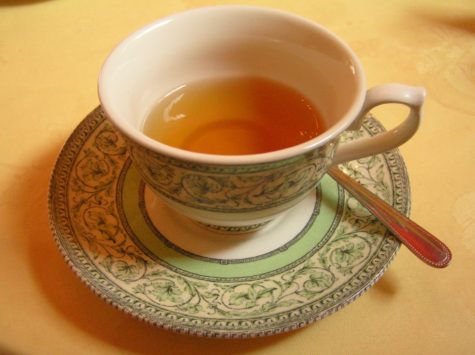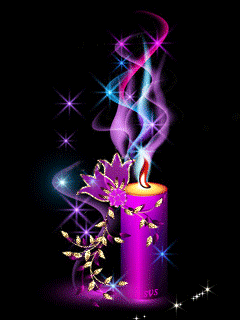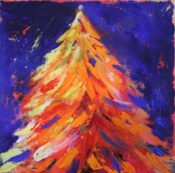Tea
Divination Tea

This tea is to be drank prior to performing any divination technique, tarot, runes, etc. Do not drive after drinking this tea until familiar with the effect it has on you. Add equal parts of the following herbs:
- Black Tea
- Mugwort
- Lemon Balm
- Eyebright
- Rose Hips
Mix well and allow to steep for 3-5 minutes in boiling water. Add milk, honey or lemon to taste.
Found at: Herbal Riot
How to Read Tea Leaves
Follow this simple 6 step procedure to read tea leaves for yourself or a friend. Tea leaf reading is easy, fun and possibly a little bit enlightening!
Step 1: Make a cup of tea.
Choose a white or light colored teacup. Almost any leaf tea will do nicely. My personal preference is Earl Grey. If avoiding caffeine, you might even choose an herbal variety. The herbal options are delicious: jasmine, peppermint, chamomile… the list goes on and on.
If you do not mind the tiny floating bits, you can open a tea bag and sprinkle the tea into a cup of hot water. A middle eastern option is to sprinkle coffee grounds into a cup of coffee.
Step 2: Steep your tea and quiet your mind.
Steeping time is a personal preference. Green and black teas are usually ready in a minute or two, while herbal teas may take longer.
This is a time to quiet your mind and relax. What you are about to exercise is your mental creativity. Pattern recognition and symbol recollection will require focus and concentration. Distracting conversation, music or activity will detract from your experience. As in beginning meditation, attempt to empty your mind of all thoughts.
Step 3: Sip tea while you find your focus.
Once your tea is cool enough, begin sipping. Leaves may be floating, so do the best you can to avoid consuming too many. If you are right-handed, lift your cup with your left. If left-handed, drink with your right. If ambidextrous, reach for your cup, stop, and then use the other hand.
Now that you are quiet and relaxed, identify the issue foremost in your mind. In meditation practice, one attempts to empty the mind — blocking out all thoughts. As you attempt to think of nothing in particular, is there a stubborn thought that keeps returning to your attention? If so, that is the subject of this reading. Focus on that thought.
If nothing in particular comes to mind, then this will be a general tea leaf reading. Focus on your breath and the taste of the tea. Leave a small amount of tea at the bottom of your cup.
Step 4: Swirl three times and dump.
Hold your nearly empty teacup in your hand and give it three good swirls. The tea leaves will disperse around the interior of cup. Gently dump out the remaining liquid by turning your teacup over into a saucer.
Wait at least three breaths before turning your cup back over. You are ready to begin reading your tea leaves!
Step 5: Identify symbols and jot them down.
Tea leaf reading is a highly personal and subjective process. Because abstract pattern recognition keys into our subconscious, self analysis produces the most relevant reading. One person may see an egg, while another sees a beetle in the same spot. Tea leaf reading is very much like a Rorschach (Ink Blot) Test. We are most likely to recognize symbols having a bearing on or connection with the matter at hand. Therefore, you are the most qualified person to read your own tea leaves.
If your cup has a handle, begin there and read clockwise. If your cup has no handle, begin reading from 12 o’clock. Make a notation of the first symbol you see. Mentally divide the cup into three sections: rim, middle and base. The rim area is above the tea level when you first poured your tea. The base is the level of tea left before you dumped out the remainder. The middle section is the area between the rim and bottom. Note where the symbol is located and if it is next to another symbol. Note whether you see bubbles, twigs or droplets in your cup. Work with quiet concentration and take your time.
Step 6: Create your tea leaf reading.
Translating symbols into meaning is just as personal and subjective as their identification. Individual language, cultural exposure, experience, knowledge and mental state contribute to interpretation of symbols. For example, the letter “K” might first bring to mind your friend Kurt rather than your sister Kirstin. Next to each symbol you wrote down, jot down the meaning that comes to mind first.
Again, abstract pattern recognition keys into our subconscious, so self analysis produces the most relevant reading. You are the most qualified person to read your own tea leaves. That being said, this site provides an extensive symbol lexicon to assist you in identifying and recalling symbols.
The first symbol you saw represents your dominant character or someone near or influental. Symbols in the rim section apply to this moment in time. The middle section represents the near future — usually no longer than a fortnight. Both the rim and middle section represent influences in your outcome. The base of your cup represents the ultimate answer or conclusion.
source: tasseography.com
Nixole: Taromancy – What is it?
Debbie: Reading Candle Wax
Bridget Grimes: 310112_svyatki2_500
Mari: Reading Candle Wax
Ali: Notarikon



